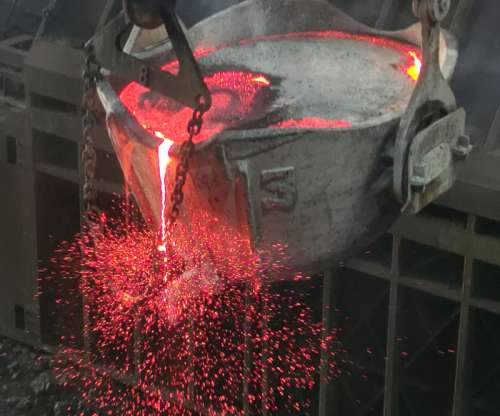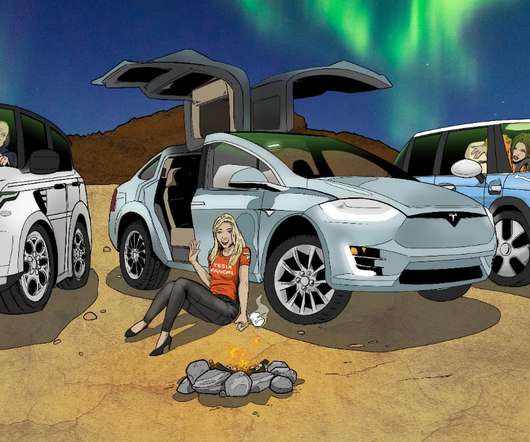Harvard/Nanjing study: China’s war on PM2.5 pollution is causing more severe ozone pollution
Green Car Congress
JANUARY 3, 2019
pollution is falling, harmful ground-level ozone pollution is on the rise, especially in large cities. Ozone is the main ingredient in smog and has been studied since it began choking cities in the US in the early 1950s. Both NO x and VOCs are emitted from fossil fuel combustion, and VOCs can also be emitted from industrial sources.






























Let's personalize your content